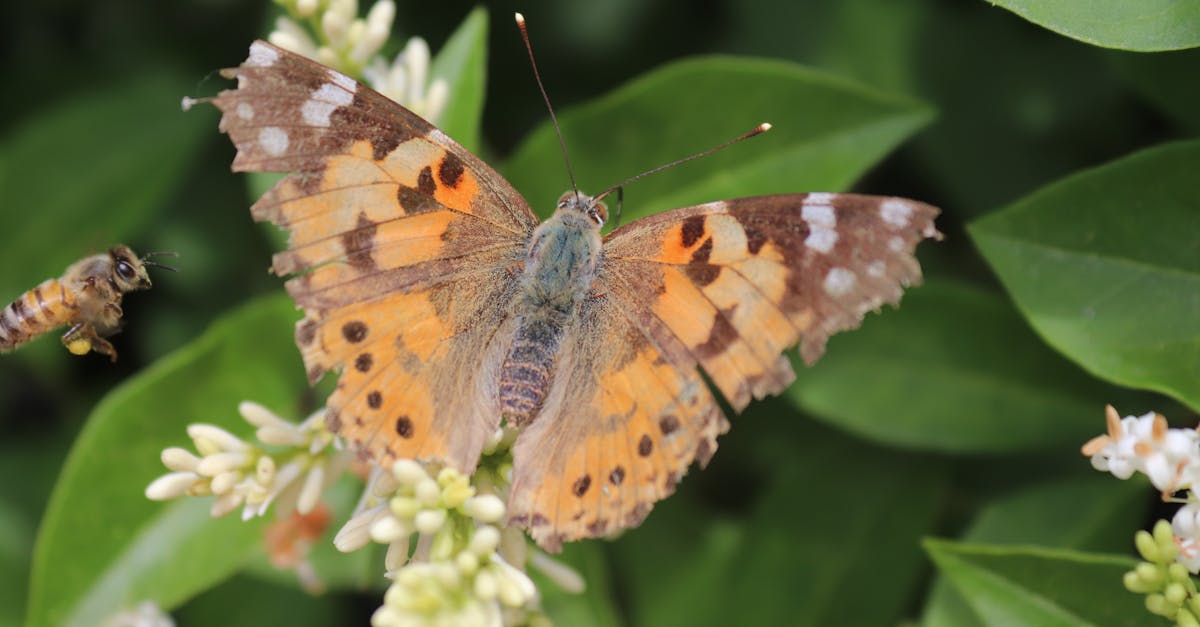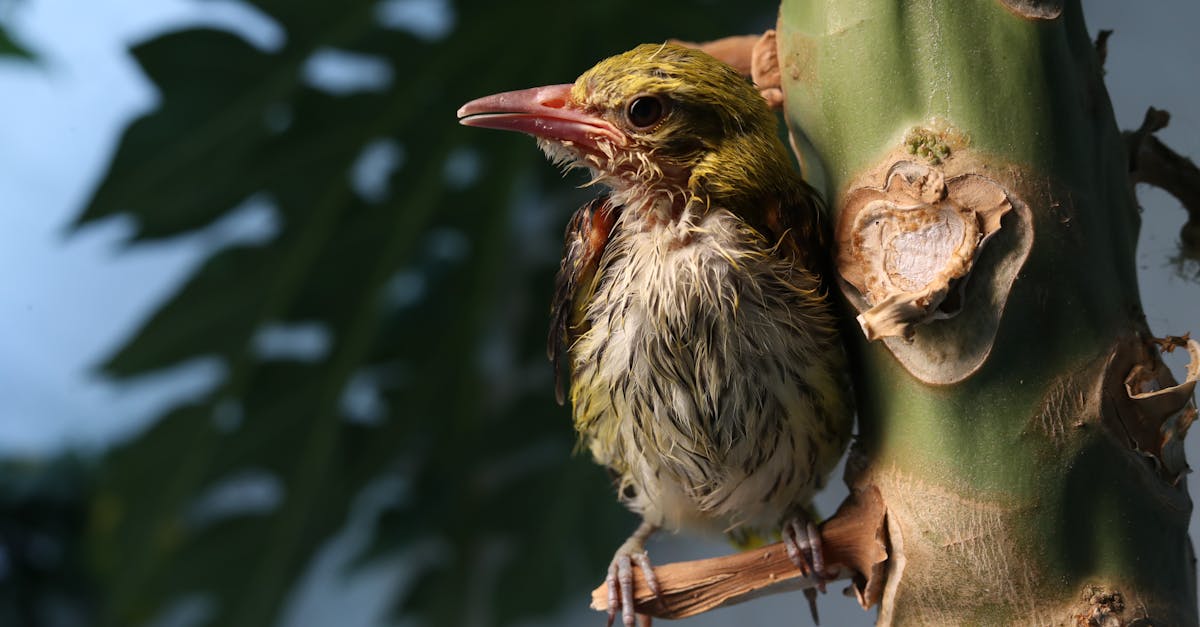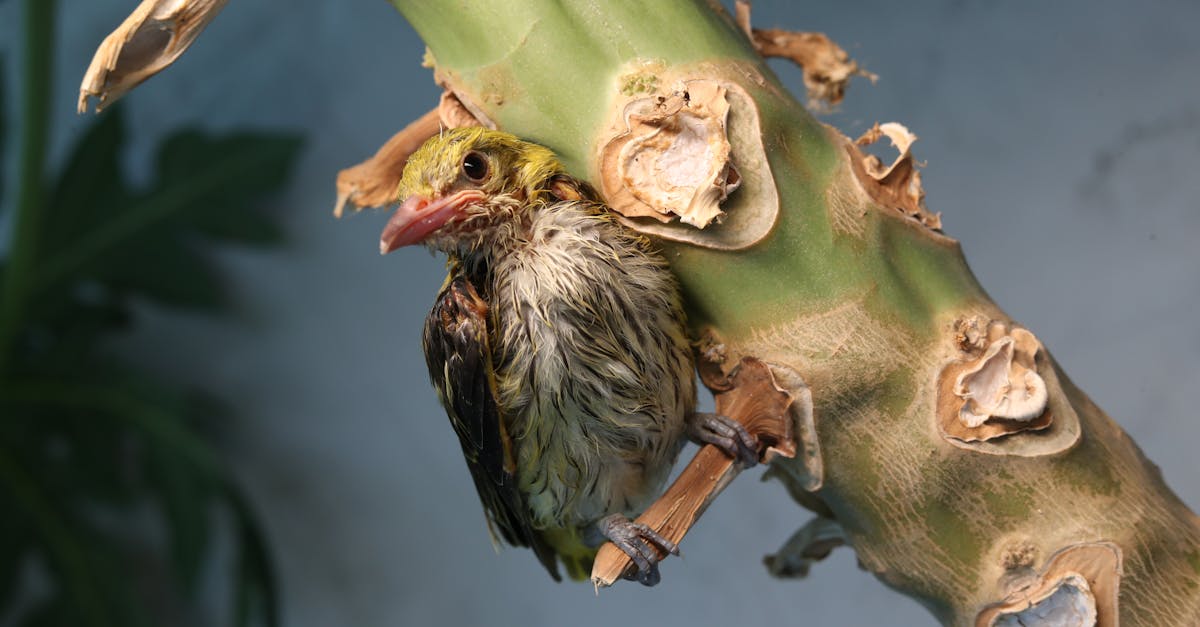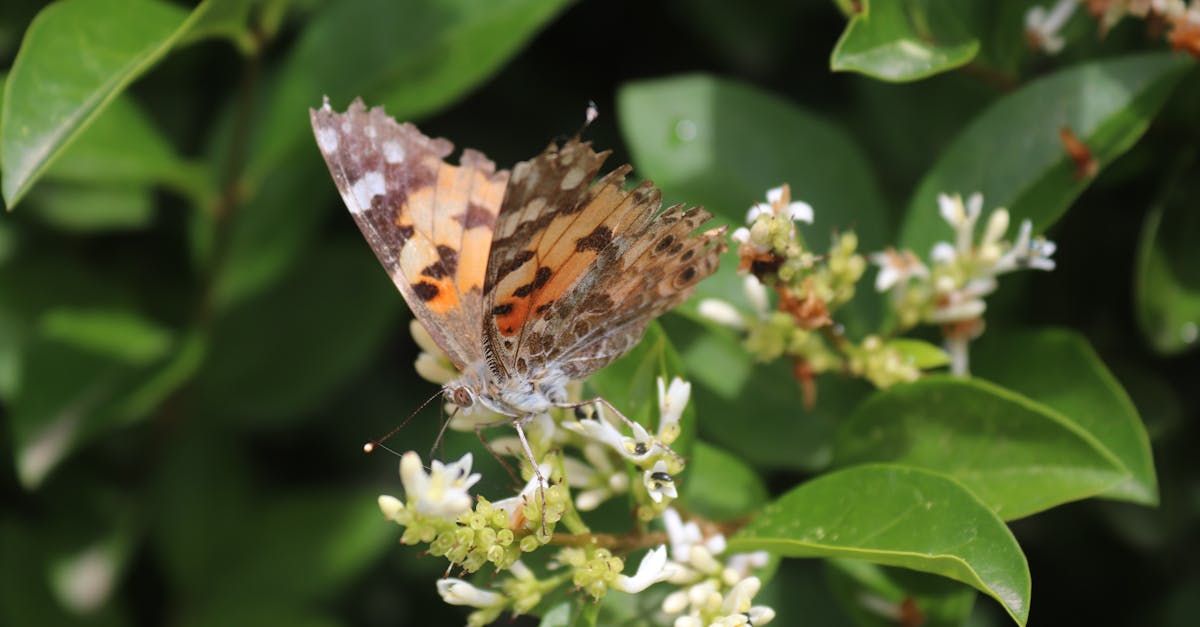Discover the heart of conservation at African Wildlife Rehabilitation Centers! Dive into the world of wildlife rescue, rehabilitation, and release in this enlightening article. Explore the vital role these centers play in preserving Africa’s precious wildlife.
The Role of African Wildlife Rehabilitation Centers

Wildlife rehabilitation centers across Africa play a vital role in conserving and protecting the continent’s diverse wildlife. These centers serve as safe havens for injured, orphaned, or confiscated animals, providing them with the necessary care and support to recover and, in many cases, be reintroduced into their natural habitats.
supporting animals in need
African wildlife rehabilitation centers serve as critical support systems for animals in distress. Whether animals are victims of poaching, habitat destruction, or human-wildlife conflict, these centers step in to provide medical treatment, rehabilitation, and, most importantly, a second chance at life.
preserving endangered species
One of the primary objectives of African wildlife rehabilitation centers is the preservation of endangered species. Through specialized care programs and breeding initiatives, these centers contribute significantly to the protection and survival of species facing extinction.
educating the public
African wildlife rehabilitation centers also play a crucial role in educating the public about wildlife conservation. Through awareness campaigns, educational programs, and guided tours, these centers raise awareness about the importance of preserving Africa’s wildlife and natural habitats.
collaborating for conservation
Collaboration is key in the conservation efforts led by African wildlife rehabilitation centers. Working alongside government agencies, conservation organizations, and local communities, these centers coordinate efforts to address threats to wildlife and implement strategies for long-term conservation.
promoting sustainable practices
By promoting sustainable practices and responsible tourism, African wildlife rehabilitation centers advocate for wildlife-friendly policies and practices. Encouraging environmentally conscious behavior helps ensure the long-term well-being of Africa’s wildlife and habitats.
Overall, African wildlife rehabilitation centers are essential pillars in the conservation landscape of Africa. Through their tireless dedication and unwavering commitment to wildlife welfare, these centers make a significant impact in safeguarding the continent’s precious biodiversity for future generations to admire and cherish.
Conservation Efforts and Species Preservation

african wildlife rehabilitation centers: conservation efforts and species preservation
Wildlife rehabilitation centers across Africa play a crucial role in the conservation of endangered species and the preservation of biodiversity. These centers serve as havens for injured, orphaned, or confiscated wildlife, providing medical care, rehabilitation, and often reintroduction programs to ensure the survival of vulnerable species. Let’s delve into the significant conservation efforts undertaken by these centers in Africa.
endangered species recovery
– The International Fund for Animal Welfare (IFAW) reported the successful recovery of 13 endangered species through wildlife rehabilitation efforts.
– Programs targeting species like the Louisiana Black Bear have shown promising results in increasing their population and ensuring genetic diversity.
global conservation initiatives
– The U.S. Fish & Wildlife Service highlights the importance of individual actions in supporting wildlife conservation, including efforts to protect endangered turtles.
– The US Endangered Species Act serves as a legal framework to safeguard vulnerable species and their habitats, showcasing a commitment to conservation at a national level.
case studies in species preservation
– Studies such as “Saving Endangered Species: A Case Study Using Global Amphibian Declines” shed light on the impact of wildlife rehabilitation in addressing global conservation challenges.
– Costa Rica offers unique volunteering opportunities at wildlife centers focused on protecting endangered species, illustrating the hands-on approach to conservation efforts.
global perspectives on wildlife conservation
– Evaluating which countries excel in wildlife conservation provides insights into best practices that can be adopted globally to enhance conservation strategies.
– Initiatives like biodiversity conservation in regions of armed conflict highlight the resilience and dedication required to protect wildlife even in challenging environments.
regional conservation efforts
– China and South Africa are actively engaged in biodiversity conservation, with ongoing efforts to protect and preserve endangered species within their borders.
– Television series like “Work On The Wild Side” from South Africa raise awareness about wildlife rehabilitation and the importance of conservation among a broader audience.
In conclusion, African wildlife rehabilitation centers stand at the forefront of conservation efforts, working tirelessly to ensure the survival of endangered species and the protection of biodiversity. By supporting these centers and engaging in conservation initiatives, individuals can contribute to the long-term preservation of Africa’s rich wildlife heritage.
Challenges Faced by Wildlife Rehabilitation Centers

The Struggle of Hand-Raising Orphaned Wildlife
A common challenge faced by African wildlife rehabilitation centers is the hand-raising of orphaned animals like leopard cats. These centers often encounter orphaned wildlife due to human-wildlife conflicts, poaching, or habitat destruction. Hand-raising these animals requires specialized care and knowledge to ensure their successful rehabilitation and eventual release back into the wild.
Human Threats to Wildlife Conservation
Despite the attention climate change receives, human activities remain a significant threat to African wildlife. Factors such as poaching, deforestation, pollution, and habitat encroachment pose serious challenges to wildlife rehabilitation efforts in Africa. Wildlife rehabilitation centers must address these human-induced threats to effectively protect and rehabilitate endangered species.
Technological Advancements in Wildlife Health Monitoring
Recent advancements in technology, such as Artificial Intelligence (AI), have revolutionized wildlife health monitoring in rehabilitation centers. AI tools can detect health issues in wildlife in real-time, allowing for swift intervention and treatment. This technology enhances the capabilities of wildlife rehabilitators in providing optimal care for injured or sick animals.
Struggles and Successes in Wildlife Care Centers
Like Brazilian wildlife care centers facing both struggles and successes, African rehabilitation centers encounter similar challenges. Balancing the demands of caring for a diverse range of wildlife species while addressing habitat loss, human-wildlife conflicts, and medical emergencies requires dedicated efforts and resources. Celebrating the successes achieved in rehabilitating and releasing animals back into their natural habitats is crucial for these centers.
Ethical Considerations in Wildlife Rehabilitation
Not all rescued animals are suitable for release back into the wild. Some individuals may have physical disabilities, behavioral issues, or health conditions that prevent their successful rehabilitation or survival in the wild. Wildlife rehabilitators must make difficult decisions regarding the long-term care or placement of these animals, considering their well-being and overall conservation goals.
Collaborative Efforts for Wildlife Conservation
Wildlife rehabilitation centers often rely on partnerships with government agencies, conservation organizations, veterinarians, and local communities to address the multifaceted challenges of wildlife conservation. Collaborative efforts help amplify the impact of rehabilitation work, raise awareness about conservation issues, and promote sustainable practices for protecting African wildlife and their habitats.
In conclusion, African wildlife rehabilitation centers face a myriad of challenges, from hand-raising orphaned wildlife to mitigating human threats to conservation efforts. By embracing technological advancements, ethical considerations, and collaborative initiatives, these centers play a vital role in safeguarding Africa’s diverse wildlife species for future generations.
